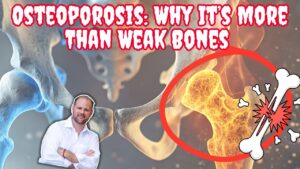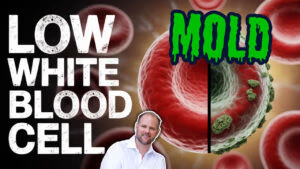Let’s dive into something super important: your blood work, especially those numbers called triglycerides. Think of triglycerides like a secret code that tells you if you’re eating the right amount of carbs or way too many. I’m here to make it easy to understand, just like I did with one of my clients.
What are Triglycerides? What do high triglycerides mean?
So, here’s the deal. Triglycerides are a type of fat in your blood, and their levels can tell us a lot about what you eat. A healthy level is usually between 0 and 149, but the sweet spot? That’s around 100. Now, if you peek at your blood work and see a number higher than 100, especially over 149, it’s like a big red flag waving at you, saying, “Hey, you might be eating too many carbs!”
What is the connection between carbs and triglycerides?
How Do Carbs Turn into Triglycerides?
Wondering why carbs matter? Let me break it down for you. When you eat a lot of carbs, like bread or pasta, your body turns those carbs into sugar. This sugar then travels in your blood and ends up in your liver. Your liver, acting like a little factory, turns this sugar into triglycerides. This process is pretty tiring for your body and can even make you feel exhausted.
Too Many Carbs = Too Many Triglycerides
If your triglyceride levels are high, like over 100, it’s a sign that there might be too much sugar cruising through your blood. This isn’t just about numbers; it’s about your health. High triglycerides can be a warning sign that you need to watch your carb intake.
Take Action for Your Health
Ho to Check Your Triglyercide Levels and Adjust Your Diet
What can you do? First, get your blood work done. Look specifically at your triglycerides. If they’re in the ideal range, awesome! If not, it might be time to cut back on those carbs. Remember, your body works hard to manage all that sugar, and too much can be a burden.
Share the Knowledge
I hope this makes things clearer for you. If you found this helpful, don’t keep it to yourself! Like, comment, and share this with someone you care about. Let’s all get healthier together by understanding what our bodies are telling us!
Frequently Asked Questions (FAQ)
High triglyceride levels (especially over 149 mg/dL) are a "big red flag" that you are likely eating too many carbohydrates. They act as a secret code, revealing that excess carbs are being converted into sugar and then into fat (triglycerides) by your liver.
While the standard healthy range is between 0 and 149 mg/dL, the ideal "sweet spot" for optimal health is around 100 mg/dL. A level consistently higher than 100 suggests it's time to evaluate your carbohydrate intake.
When you eat a lot of carbs (like bread or pasta), your body converts them into sugar. This sugar travels in your bloodstream to the liver, which then acts like a factory, converting the excess sugar into triglycerides. This process can be taxing on your body and lead to feelings of exhaustion.







